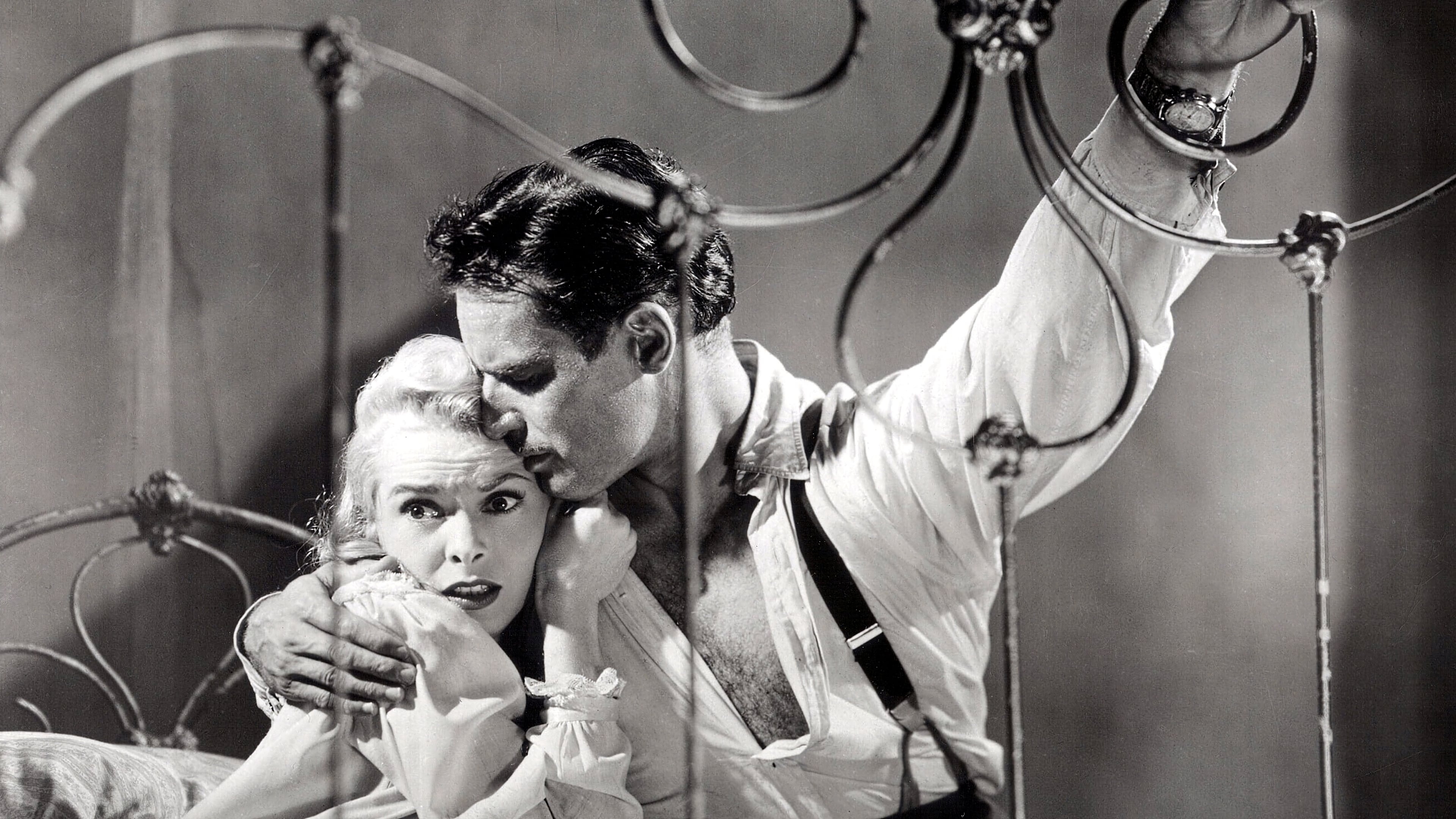**It's not Orson Welles' best work, and there are some problems and wrong choices, but it's still a worthwhile film.**
One crime and two totally different men: this sentence almost sums up the entire film. Director Orson Welles is one of those monsters that we are used to having like a “sacred cow”, who turns everything he touches into gold. And really, he is responsible for great films and was an excellent artist, who understood cinema like few others did. However, in this film, his work was absolutely trampled on by stupid studio managers, and the result of this is that it was only very recently that it was possible to have access to a version of this film that was similar to what its director's creative vision was. . Just similar!
And what we have here is an incredibly complex film that we cannot summarize as easily as I did: the initial crime is just the incident that triggers the action, and its relevance, we found, is really insignificant. What counts here is the struggle of personalities, the battle between the conflicting egos of two police officers who decide to solve the case, each in their own way. In fact, it is not the most appealing film that the director's career has given us, but it is still valuable for that reason. And to understand Welles' vision, it's not enough to see the film once. We have to understand nuances that go unnoticed by an inattentive eye. It's an exercise for cinema experts, more than for me, who am part of the common popcorn-eating public, but even I saw that the work before me deserved to be seen in detail.
The film that has come down to us allows us to see the brilliance of Welles, who was also responsible for the dialogues and the script created, full of twists and turns that can complicate things a little for us if we are not paying attention, and, but it also gives us good actors in a decent dramatic exercise. Charlton Heston is a safe bet, but it's also a big casting mistake: he's too Anglo-Saxon to be credible as a Latino! Welles brought the other main character to life, and is effective and dominant in the role. To a certain extent, he never seems like a police officer, but just another criminal in a land where those in charge are those who impose themselves through violence. Even so, I noticed that he is a physically worn-out man, and this fragility ruins the effect he intends to achieve.
Technically, the film has many qualities, starting with the cinematography, which in Welles' films is almost always one of the director's signatures. In addition to the use of intelligent visual effects, the director dedicated himself to the camera work and the choice of each perspective, each framing, and also in the editing, which was ruined by the studio's intervention. The filming locations and sets are realistic and convince us quite well, and the soundtrack is effective.




